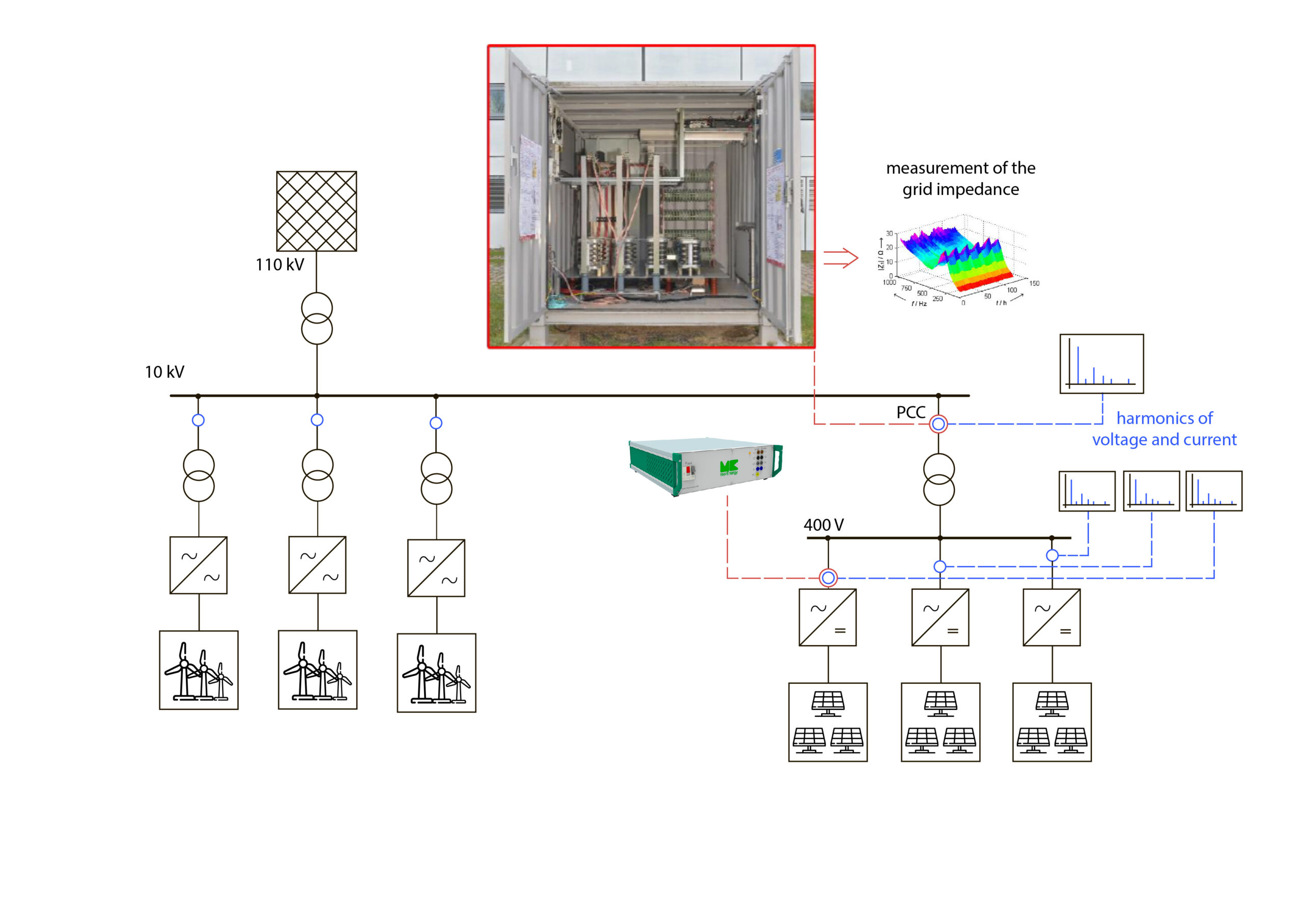smart grid – the smart grid of the future
The combination of generation, storage and consumption forms the basis for intelligent power grids, so-called smart grids, which are networked by decentralized energy management systems that use information and communication technologies (ICT) for coordination. A smart grid can therefore not only transport energy, but also transmit data and thus provide network operators with information on energy production and consumption at short intervals. This brings enormous advantages, because up to now distribution network operators (DSOs) had neither control nor knowledge of when and where a decentralized generation plant was feeding electricity into the grid. If the proportion of such “uncontrolled” generators increases too much, the risk of unstable grid conditions increases. The optimization of grid utilization and the efficient use and integration of renewable energies can thus be realized through intelligent networking, load management and demand flexibilization. Smart grids are thus an indispensable building block for regenerative and clean power generation.
power line communication of smart meters
An important component of smart grids are smart meters with automatic load and resource management. In Germany, in particular, smart meters in conjunction with smart meter gateways are also to be used for grid services. Smart meters are comparable to electricity meters that can receive and send digital data and are integrated into a communication network for this purpose. Changes in the tariff or transmitted data such as the electrical energy passed through are just a few examples of receiving data. Since the 1990s, such smart meters have been used mainly by large customers and have also been available for private households since around 2010. In order to achieve better network and resource control, smart meters can also transmit data to the energy supply company at a rapid rhythm, depending on the model, and thus represent a communicating meter. Customers can thus read out current and logged values and then analyze them or have them analyzed. With Powerline Communication (PLC), i.e. smart meters that communicate via the power grid, the data is sent to a data collector in the transformer station, from where the VNBs can retrieve the information. However, with power cables, which unlike computer cables are not shielded, a small portion of the information sent is lost in the form of scattered radiation. This loss of information can be remedied by using coaxial cables, which are also used in computer networks, for example. A major advantage is that PLC Smart Meters use frequency heights between 30 and 90 kHz and thus do not interfere with other radio services and can therefore be used nationwide without a license from the Federal Office of Communications (OFCOM). Furthermore, smart meters are practically radiation-free. On the one hand, the data are read out only a few times a day and on the other hand, the emissions are so low that they are usually no longer measurable at a distance of 50 cm from the device.
eliminate disturbances in powerline communication with ONIS technology
Over the last decade, distribution networks have seen a rapid increase in connected decentralized generators such as wind and solar power plants and charging points for electric vehicles. These plants use modern high-performance converter systems, which feed harmonics and interharmonics into the grid, causing further grid perturbations. In order to limit these grid perturbations, filters are used, which often lead to problems with the PLC. Signals from these filters are attenuated and in the worst case even completely absorbed and the communication between the systems is thus completely obstructed. morEnergy GmbH has developed field-proven methods to solve PLC problems and thus actively helps to advance the network of tomorrow.

